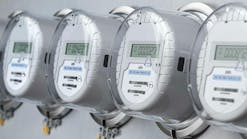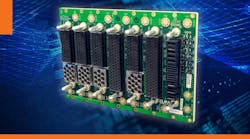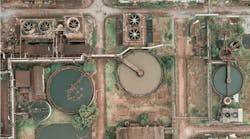From Farm to Fork: A Wireless-Sensor Approach to Food Safety (.PDF Download)
The restaurant industry has very strict guidelines controlling food safety, as outlined by Hazard Analysis and Critical Control Points (HACCP) management system. According to the Food and Drug Administration (FDA), HACCP provides a systematic preventative approach to food safety by identifying, evaluating, and controlling factors that present hazards throughout the entire process (farm to fork). This includes everything from the raw materials to shipping to the finished product.
One aspect of food safety that requires special attention is controlling and monitoring food temperature, which is necessary to prevent problems that can cause foodborne illnesses. It’s important to note that both raw ingredients and cooked products must be kept at certain temperatures to prevent growth and/or provide a “kill” step during cooking. Temperature monitoring can be done manually by having someone check a thermometer and write the temperature on a sheet of paper, or automatically by utilizing wireless-sensor technology that electronically measures and records temperatures.
Application
The U.S. Centers for Disease Control and Prevention (CDC) estimates 48 million Americans (or about one in six people) get sick from a foodborne illness each year, of which 128,000 are hospitalized and 3,000 die.1 Obviously, not all of these cases are associated with the restaurant industry, but this statistic highlights the need for improved food safety and for enforcing food-safety guidelines to reduce the number of cases in which people become ill after eating contaminated food.
One aspect of food safety is maintaining food temperatures at certain critical levels. Foods that need to be refrigerated or frozen must be kept at specified temperature levels to maintain adequate food safety, as well as prevent premature spoilage due to improper storage. Cooked foods must be heated to specific internal temperatures and then maintained at minimum temperatures. The temperature limits for coolers, freezers, and cooked foods are necessary to prevent the development of bacteria, viruses, and parasites leading to foodborne illnesses.
There are different ways to monitor and control food temperature. The manual method of checking a thermometer and recording the temperature has many drawbacks. Someone must actually do it, which cuts into his or her time when the focus could be on other tasks. The person must also be able to correctly use and read a thermometer and accurately record the temperature. He or she then must know what to do, as a corrective action, if the temperature is either too warm or cold.








